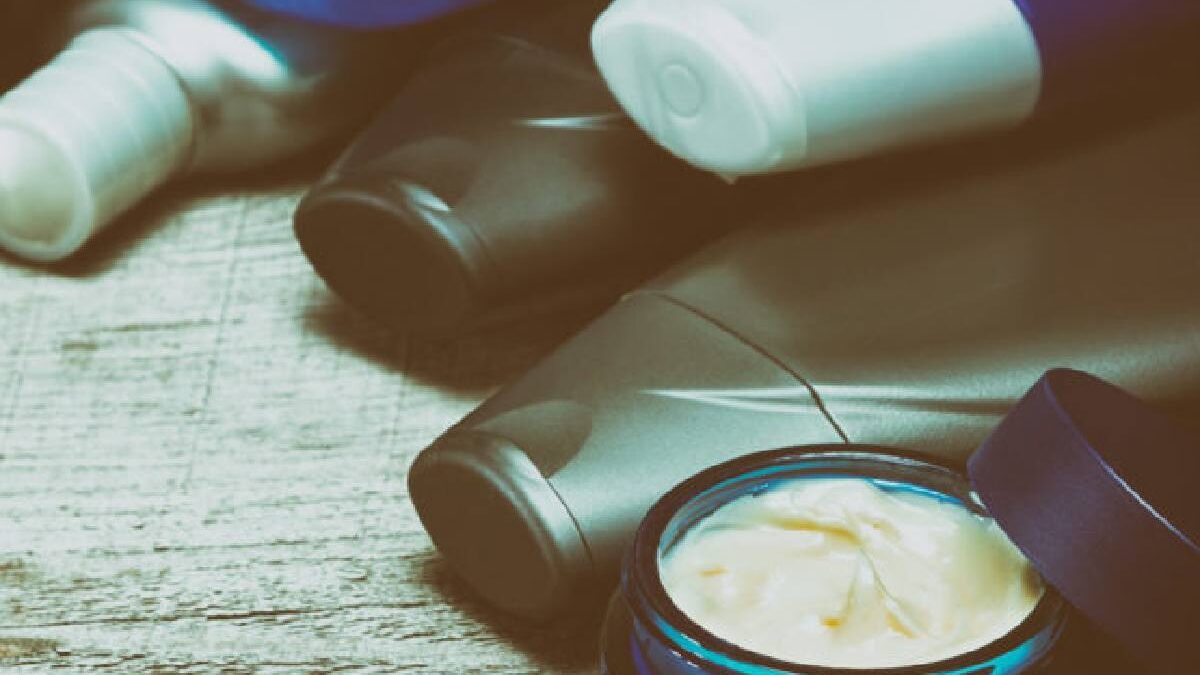When do cosmetics expire? – Cosmetics are “born”, used and also “die”. Detecting that a product has expired not always easy, but it’s a feature that must considered since “out-of-date” use, in addition to nullifying its cosmetic action, can have side effects on the skin.
“The expiration of a cosmetic affects two factors: efficacy and, above all, safety. The expiration date determines how long it’s guaranteed that the preservative system can defend the formula against any external contaminating agent. For this reason, and although cosmetic efficacy is also altered, it is a question that is much more linked to safety”, explains the beautician Paola Gugliotta, founder of the Sepai firm.
The PAO is the track.
As María Castellanos, a dermatologist at the Laser Medical Institute (IML), comments, the expiration date of a product will depend on numerous variables –formulation, type of container, stability in different circumstances, how the consumer uses it…- “although, as average, usually around 12 months. It is necessary to look at the information reflected in each container, especially in the PAO (Period After Opening), represented by an M and a number indicating the months the product lasts in optimal conditions once opened. When it does not mean anything, an expiration of more than three years assumed.
It is essential to distinguish the OAP from the expiration date: the former refers to the period during which the product can safely consumed once opened, while the expiration date marks the moment after which a cosmetic should not used. However, in rehearsal, it is not easy to control either one indicator or the other since, for example, we rarely record the moment in which we started using a particular product to be able to count whether the period of use indicated on the packaging has passed.
“Out of service”: unequivocal signs
An expired product no longer provides the effect for which it formulated. “For example, in the case of facial treatments, it cannot guaranteed that their moisturizing, nourishing or anti-ageing properties are optimal. In addition, if the pH is modified or the stability of the formula changes, it can cause irritation and small alterations in the skin,” says Castellanos.
Regarding which cosmetics involve more risks if they used beyond the time set by the PAO, Gugliotta comments that the most dangerous in this sense those that come into contact with or used in areas very close to the mucous membranes “because they go directly to the digestive and blood system, that, anyone that applied around the eyes, on the lips and the area around them, as well as cleansing gels that used in the intimate area, and even toothpaste. Teeth”.
For Grecu, they all dangerous: “If a product out of date, it must removed. It is better not to risk it. Expiration dates must taken very seriously, which not usually done in cosmetics.
Luckily, the hallmarks of a product that is out of service are pretty easy to recognize: “Obvious colour change, change in texture, loss of smoothness or noticing that the product gives off a previously unrecognized odour, are indicators that it is not in the best conditions for its use”, says María Castellanos.
For his part, Grecu recommends paying particular attention to possible warning signs of the skin: “Noticing itching or a strange sensation, redness or any other skin symptom may be a sign of an allergy to any of the ingredients or indicate that the product has expired”.
the most ephemeral
The main factors determining a cosmetic’s life are the active ingredients and excipients it includes; depending on this; some will be more vulnerable than others in terms of conservation and expiration. “The most sensitive those that contain acids in their formulation since they run the risk of oxidizing or photosensitive (they change if they exposed to the sun)”, says Castellanos.
Another peculiar product in terms of conservation is self -tanners. “DHA, a substance that they incorporate to colour the skin, tends to change the pH of the formulation, and for this reason, the PAO of these products is more restricted in the time since it only guarantees a period of pH stability in which the DHA remains active”, comments Gugliotta.
As for makeup products, they are usually the ones that generate the most doubts in users. Mascara is, by far, the most ephemeral, as Grecu explains: “It expires very quickly – it lasts around three months – and it usually dries up easily. It is important to check that it has not changed its texture or has lumps before using it. On the contrary, powder formulas are the ones that remain intact for longer, since they do not contain water or are in as direct contact with the skin as fluid textures”.
Packaging, temperature and user manual
The beautician recommends opting for containers with airless systems: “They very safe, they do not allow a drop of air to enter the product, and they practically do not need any preservatives, since, since there no air, possible contamination minimized. The ideal would always be to have these systems to offer the optimal formula without preservatives.”
Castellanos highlights the effect that factors such as the tightness of the closure or the method of conservation have on the greater or lesser duration of a cosmetic: “A product that stored in an area with very high temperatures will always spoil before”.
Grecu, for his part, recalls the importance of consulting the user manual for these products – they are all included in the container or packaging – and also not losing sight of issues such as hygiene: “For cosmetics not to deteriorate, it is basic to ensure its cleanliness. For example, you have to clean the cap of the makeup base after each use and always close it well”.

